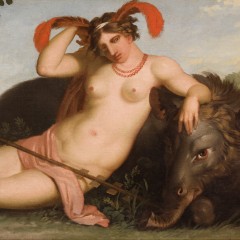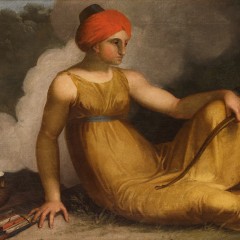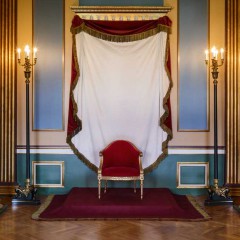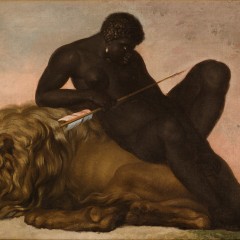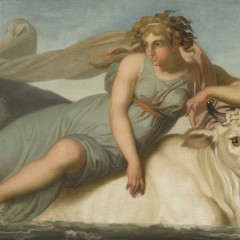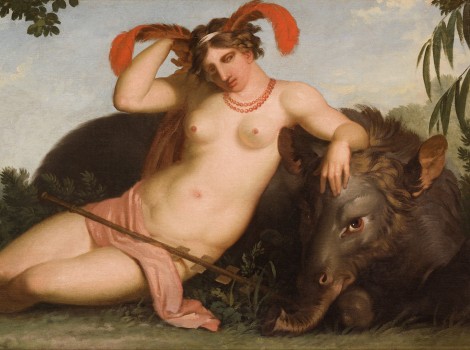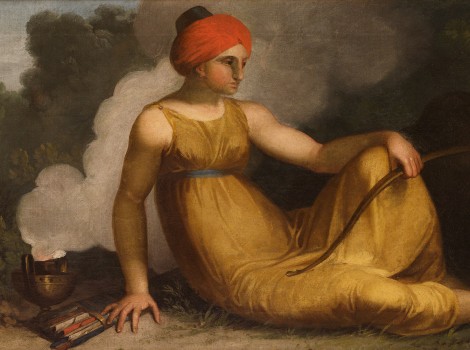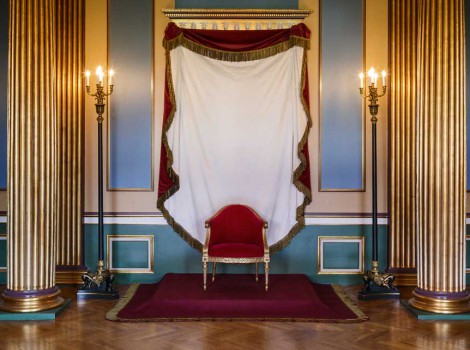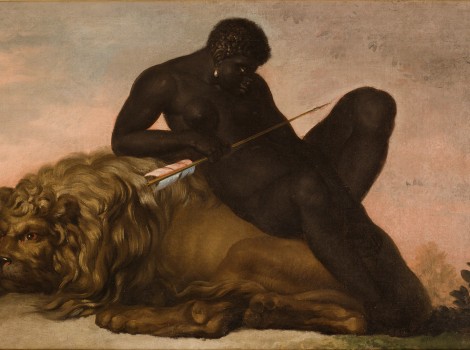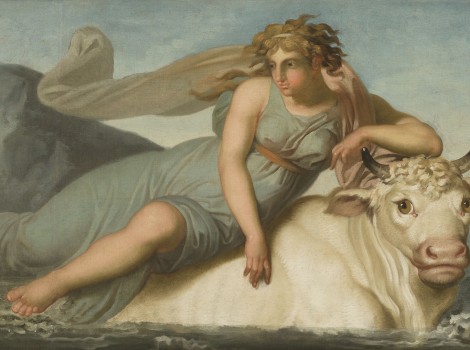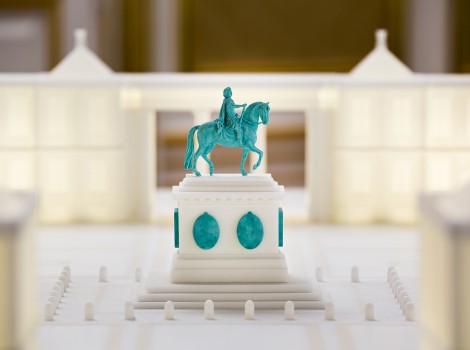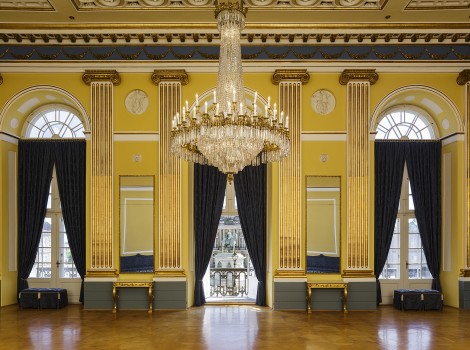The Throne Chamber
When Hereditary Prince Frederik assumed the palace after the fire at Christiansborg in 1794 he didn’t have any political influence, but one doesn’t notice this when one stands in the throne chamber he had furnished for himself.
The paintings above the doors symbolise the corners of the world known in antiquity. Simultaneously the four elements – earth, air, fire and water – are symbolised by the room’s decor, as two paintings of the Greek gods Rhea and Poseidon represent earth and water, while a painted starry sky above the throne and a red throne throw symbolise air and fire respectively. The Hereditary Prince is thus made the symbolic centre of the universe.
The Throne Chamber stands almost exactly as it was conceived by Nicolai Abildgaard, with strong colours and strict symmetry.
 Dansk
Dansk
 English
English
 Deutsch
Deutsch

